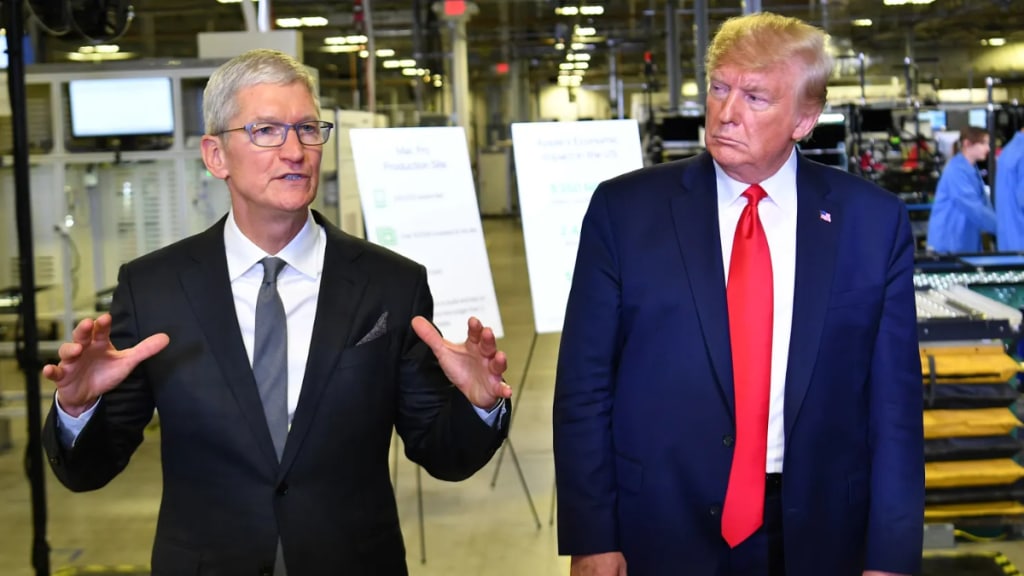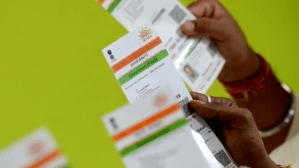For the past few weeks, tensions between the US and India have escalated, especially after US President Donald Trump imposed a huge 50 per cent tariff on all Indian goods. While the implementation of tariffs could significantly affect the economies, it raises fears of a reduction in trade between the two economic superpowers and further complications in the months to come. However, one American product remains unaffected by the tariff wars between the US and India – the iPhone.
Hence, as the new tariff policies will be implemented from August 27, Apple, one of the American technology giants, remains committed to its India expansion plans, while not worrying about dealing with a rise in prices. But why is it so? Why do the iPhones get an exemption, especially at a time when the Cupertino giant is getting ready to reveal the brand new iPhone 17 models in the coming days?
The iPhone exception
Despite India’s role of now being the primary supplier of iPhones to the US market, the company’s ‘Made-in-India’ devices will remain unaffected. While many considered this a grace period given to Apple to shift its manufacturing to the US, it should be noted that the exception for India-made iPhones is due to a temporary exemption for semiconductor-powered goods that the Trump administration put in place earlier this year.
The exemption provides major relief for Apple, which has been rapidly shifting its supply chain to India from China in a bid to mitigate risks associated with Chinese manufacturing and previous trade disputes.
While the exemption provides relief for Apple, the situation is far from stable. The US Commerce Department is currently conducting an investigation into semiconductor-related imports under the Trade Expansion Act. The results of the investigation could lead to new levies that would directly impact smartphone exports to the US President Trump has stated that “no one is getting off the hook,” indicating that the exemption could be short-lived.
For now, industry experts and analysts believe Apple would likely absorb any future tariff costs rather than halt its India expansion. They say that any price increase, as a result of the increased tariffs, would likely be minimal for American consumers and might be integrated into monthly phone plans offered by US carriers. India continues to be one of the fastest-growing markets for Apple and a localised assembly line could help the company keep manufacturing costs low. With new Apple Stores opening in two other metropolitan cities, Apple seems to be serious about its India plans.
India supplied almost 71 per cent of all iPhones in the US from April to June, with the number only expected to increase over the coming months.
US-India tariff controversy: The side effects
The new duties will impact approximately $60.2 billion worth of Indian exports, including critical labour-intensive sectors such as textiles, gems and jewellery, shrimp, and furniture. According to a report from the Global Trade Research Initiative (GTRI), these sectors could see a 70 per cent reduction in export volume, posing a significant challenge to India’s economy and potentially leading to widespread job losses.








